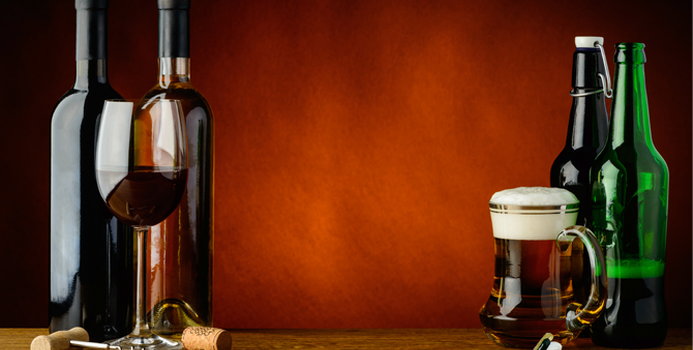
Next, we collected height, weight and blood samples from each participant and obtained body composition information using a direct measure of body composition called dual-energy X-ray absorptiometry. We assessed 1,869 white adults ranging in age from 40 to 79 years who reported demographic, alcohol, dietary and lifestyle factors via a touchscreen questionnaire. Our study relied on a large-scale longitudinal database called the U.K.


And we did not find this same link between beer or red wine consumption and bone mineral density. We found higher bone mineral density among older adults who drank white wine in moderation in our study. These are some of the key takeaways of a new study that my colleagues and I recently published in the Obesity Science & Practice journal.Īlthough white wine consumption did not influence levels of visceral fat, our study did show that drinking white wine in moderation might offer its own unique health benefit for older adults: denser bones. In fact, we found that drinking red wine is linked to having lower levels of visceral fat.

The big ideaĭrinking beer and spirits is linked to elevated levels of visceral fat – the harmful type of fat that is associated with an increased risk of cardiovascular disease, metabolic syndrome, and other health complications – whereas drinking wine shows no such association with levels of this harmful fat and may even be protective against it, depending on the type of wine consumed. The Research Brief is a short take about interesting academic work.


 0 kommentar(er)
0 kommentar(er)
